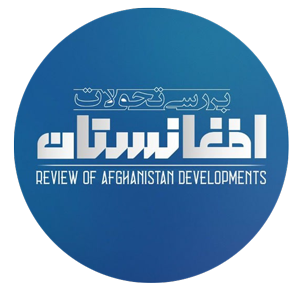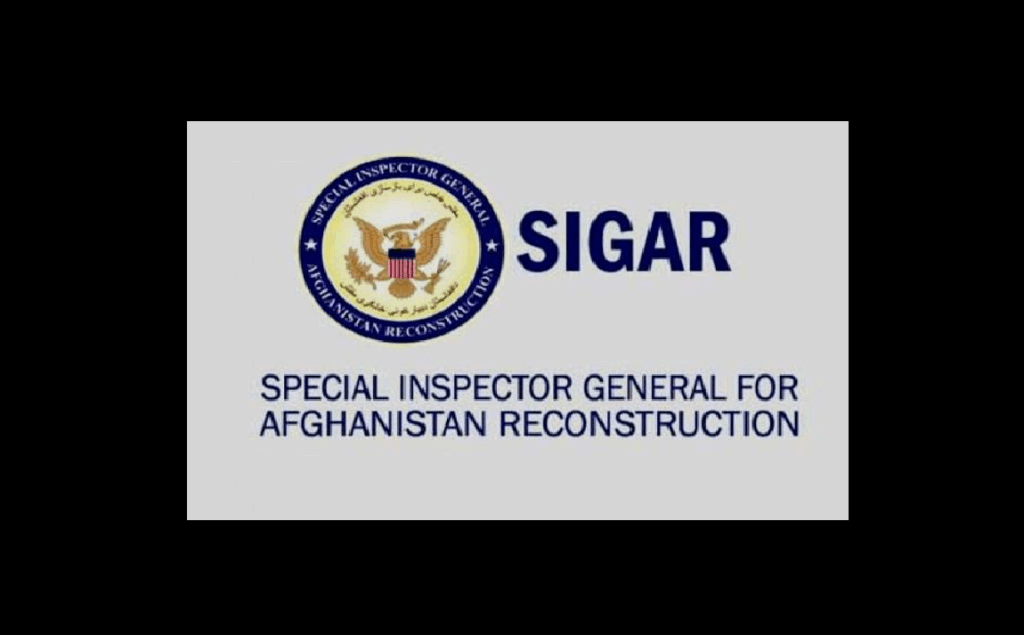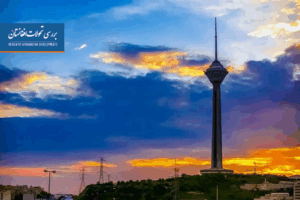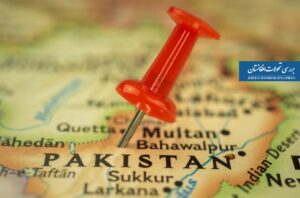Overview of Developments in Afghanistan
In 2008, the U.S. Congress established the Office of the Special Inspector General for Afghanistan Reconstruction (SIGAR). The primary function of this office is to oversee, audit, and investigate fraud, abuse, and corruption in the funds allocated by the U.S. government for the reconstruction of Afghanistan. Including the recent SIGAR report, this office has submitted a total of sixty-eight reports to the U.S. Congress.
In its most recent quarterly report (covering May, June, and July of this year), SIGAR addresses five main sections, including an analysis of the impact of U.S. aid cessation on Afghanistan, developments occurring in the country, how SIGAR monitors its operations, and the introduction of other U.S. oversight offices. Among these, the most significant section, which has received considerable attention and has been elaborated upon in various dimensions, is the cessation of U.S. aid to Afghanistan.
SIGAR’s Report on the Cessation of U.S. Aid to Afghanistan
One of the first actions taken by Trump in U.S. foreign policy was the issuance of an executive order regarding the review of alignment of U.S. global aid with national interests and security. Based on this order, which also included Afghanistan, U.S. aid was suspended, and within three months, the alignment of aid with U.S. national interests and security was to be determined.
Following a three-month assessment, the final review by the U.S. Department of State concluded that all active foreign aid from the U.S. government to Afghanistan was deemed unsuccessful, and with three exceptions, the remainder of the aid—including emergency assistance for humanitarian issues—was permanently and comprehensively cut off. According to SIGAR’s findings, more than half of the global aid to Afghanistan has come from the U.S.
According to this office’s assessment, approximately 21 million people in Afghanistan will be affected by the cessation of U.S. aid. The SIGAR report indicates that the cessation of U.S. aid has severely disrupted the livelihoods, health, and medical care of Afghans receiving U.S. assistance, leading Afghanistan into a severe crisis in these areas.
While SIGAR paints a grim picture of the humanitarian situation in Afghanistan following the cessation of U.S. aid, the ground realities in the country over the past three months have not reached the thresholds of a humanitarian crisis stemming from the cessation of aid. In this case, one must conclude that either the current situation is the calm before the storm, or the portrayal of Afghanistan by SIGAR does not reflect the existing realities in the country.
It is acknowledged that some segments of the Afghan population are struggling with significant challenges due to a weak economy, unemployment, and the government’s inability to provide health services. However, there is a possibility that the role of U.S. aid to Afghanistan has been exaggerated. It is evident that this exaggeration is more instrumental and political than it is emotional or stemming from genuine concern for Afghanistan.
The U.S. government, having been unable to impose its will on the Taliban regime through other means, has used humanitarian aid to exert pressure. It is clear that the portrayal of Afghanistan in the absence of U.S. aid must be dire and crisis-inducing, emphasizing Afghanistan’s dependency on the U.S. while instilling fear and anxiety among the Taliban leadership.

A specific point that highlights the urgency in SIGAR’s report, which it has attempted to indirectly communicate to Congress, is the risk of circumventing and nullifying the effects of the cessation of U.S. aid to Afghanistan. In this regard, SIGAR discusses the increasing regional interactions of the Taliban regime, particularly its recognition by Russia.
The report indicates that the Taliban government is focusing on expanding regional relations and intensifying its efforts on regional economic projects to free itself from dependence on U.S. resources.
In addition, SIGAR has referred to the issue of the United Nations sending weekly cash packages in dollars, stating that as long as these cash transfers continue, the value of Afghanistan’s currency will remain stable, which primarily benefits the Taliban government. While cash assistance to Afghanistan has been halted, according to SIGAR’s report, the U.S. Department of State has been informed that the United Nations is planning to send one monetary shipment per month until the end of 2025 using contributions from donor countries. Apparently, even this amount of aid is not tolerable for the U.S.
It is worth mentioning that due to U.S. sanctions and the inability to transfer money through the international system to Afghanistan, the United Nations, which is responsible for humanitarian assistance to the Afghan people, has decided to transfer global community aid to the Afghan population through cash shipments. According to the UN mission in Afghanistan, these funds are deposited into the UN’s accounts at a private bank, and no funds from this are given to the Central Bank of Afghanistan or the Taliban government.
Certainly, U.S. aid will have a negative impact on the situation in Afghanistan, but this impact will not be as SIGAR has portrayed it. Afghanistan has been dependent on U.S. aid for 23 years, and due to this dependency, its domestic and foreign policies have been influenced by U.S. leaders. Perhaps it is time for Afghanistan to break free from U.S. dependency and seek an independent path, free from reliance on the U.S. To this end, the best approach is to strengthen domestic economic resources and expand regional interactions, which the Taliban government has somewhat come to understand.
Related Article
Destiny of The US Aid to Afghanistan
Now that the U.S. is determined to cut aid to Afghanistan, the Taliban government and regional countries that have tasted the bitter presence of the U.S. in Afghanistan must work towards freeing Afghanistan from dependency on the U.S. The Taliban government should heed the legitimate requests and concerns of regional countries, while these countries should focus on Afghanistan’s infrastructure plans and regional projects centered around Afghanistan for its economic independence. This path will not only free Afghanistan from crises and crisis-inducing situations but will also lead to regional growth and prosperity.
In the new global order, power is shifting from a unipolar system centered on the U.S. to a multipolar and networked system, with countries increasingly turning to regional alliances to gain more bargaining power. Individual countries in the region will not have the opportunity to confront U.S. greed and bullying, and the only way forward is to create alignment and convergence among themselves.
Follow us on social Media

















